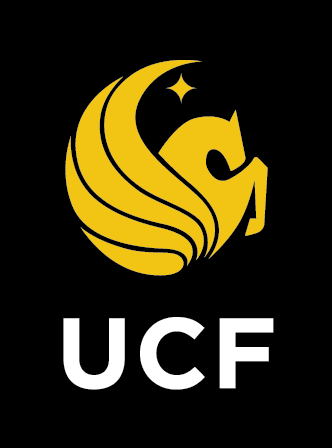|
Missouri Course Redesign Initiative
Southeast Missouri State University
Course Title: Spanish I
Redesign Coordinator: David Starrett
Project Abstract
Southeast Missouri State University will redesign Spanish I, the first course in the Spanish foreign language sequence. This course satisfies the oral expression category of Southeast’s university studies program. Spanish I is taught each semester with six sections in fall (five on campus and one off campus) and five sections in spring (four on campus and one off campus.) The maximum section enrollment is 35 students, which translates to 215 students in the fall semester and 175 in the spring.
The primary academic problem faced by the traditional course is the lack of time for oral communication in the classroom and the lack of oral communication skills that the students possess at the end of the semester. Poor grammar skills and inadequate practice materials require instructors to focus on grammar in class. Moreover, they have to check written work by hand in the classroom or at-home. The ideal method of facilitating language acquisition is the communicative approach, which means that language use is the primary focus, incorporating the grammar and integrating the students naturally. This method is supported by the American Council on the Teaching of Foreign Languages (ACTFL), the professional association for foreign-language teaching.
The redesign plans to incorporate the Replacement Model. Rather than spending three days a week on grammar with little conversation, the redesigned course will focus on conversation and pronunciation practice. Two class meetings per week will be conversation practice; the third will be completed out of class using exercises from Pearson’s MySpanishLab. These exercises will incorporate a study of grammar, both in English and Spanish, and will expose the students to the reading and listening aspects of language acquisition.
The redesign will enhance student learning outcomes because students will be using the language more. Constant immersion for a consistent period of time will increase student proficiency. Moreover, greater use of exercises that cover grammar will also improve their ability to analyze grammar in both Spanish and English. They will also become more comfortable using the language at their level.
The team will use numerous assessments to gauge the effectiveness of the redesign. First, both traditional and redesigned sections will complete an oral assessment interview including a pronunciation test at midpoint and at the end of the semester. Second, a midpoint and end-of-semester written exam will also be administered to both groups. Third, time on task will be compared as a means of observing how study habits affect performance. Fourth, students will fill out a survey at midpoint and end of semester to determine if there is a difference in student satisfaction with the course and perceived proficiency. Finally, students from each format will be randomly chosen to participate in the Oral Proficiency Exam administered by ACTFL.
Southeast’s planned cost reduction strategies are to increase class size and use less expensive personnel. A section-size increase from 35 to 50 students will reduce the number of sections needed annually from nine to seven, while at the same time allowing enrollment growth. Tutors and undergraduate learning assistants (ULAs) will be available in the lab to assist students. The ULAs will earn credit for their participation in a teaching practicum with no additional cost to the university for their engagement in the redesigned course. The cost-per-student will decline from $222 to $147, a 34% reduction. The redesign will free up faculty to teach other courses required by the department.
|
